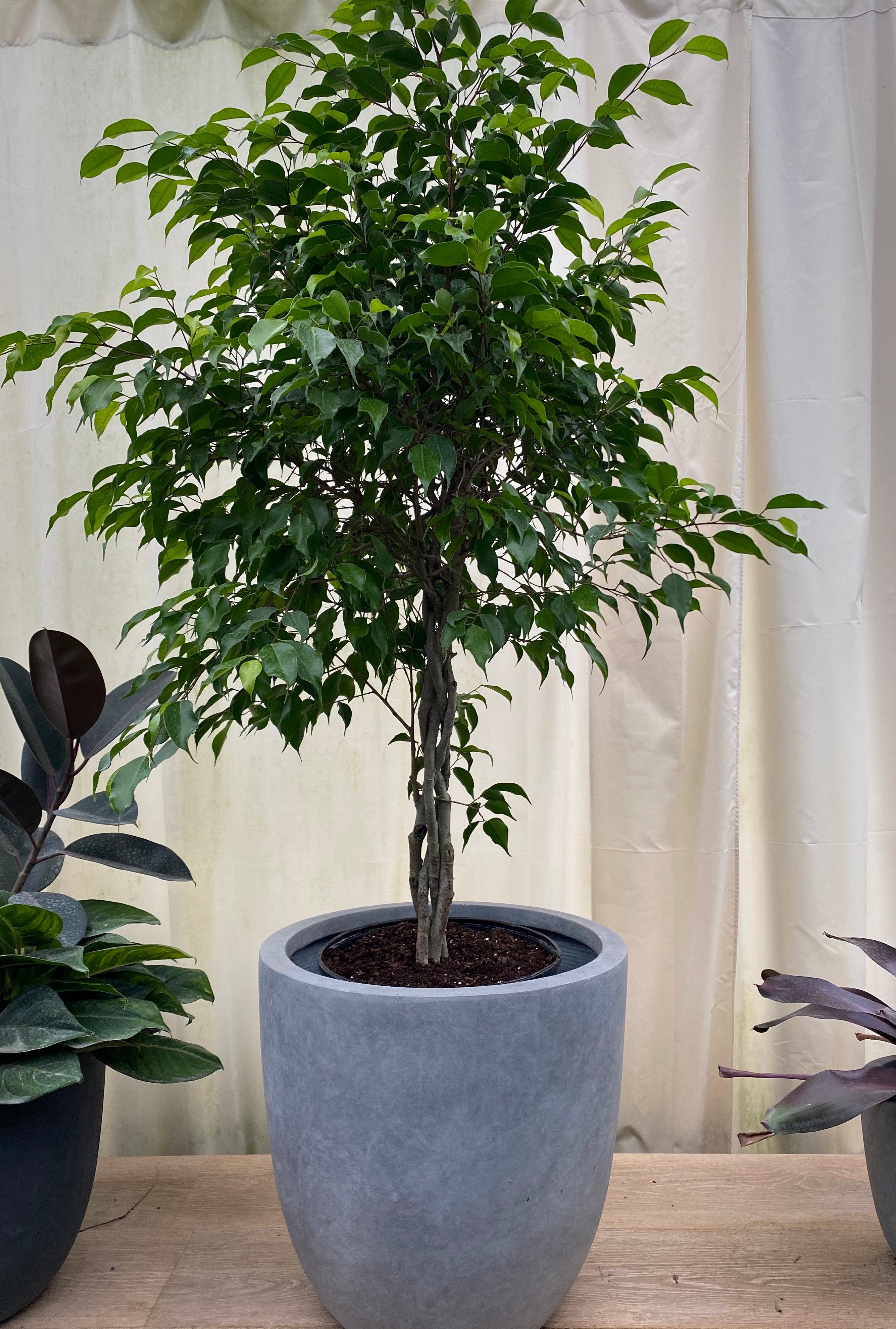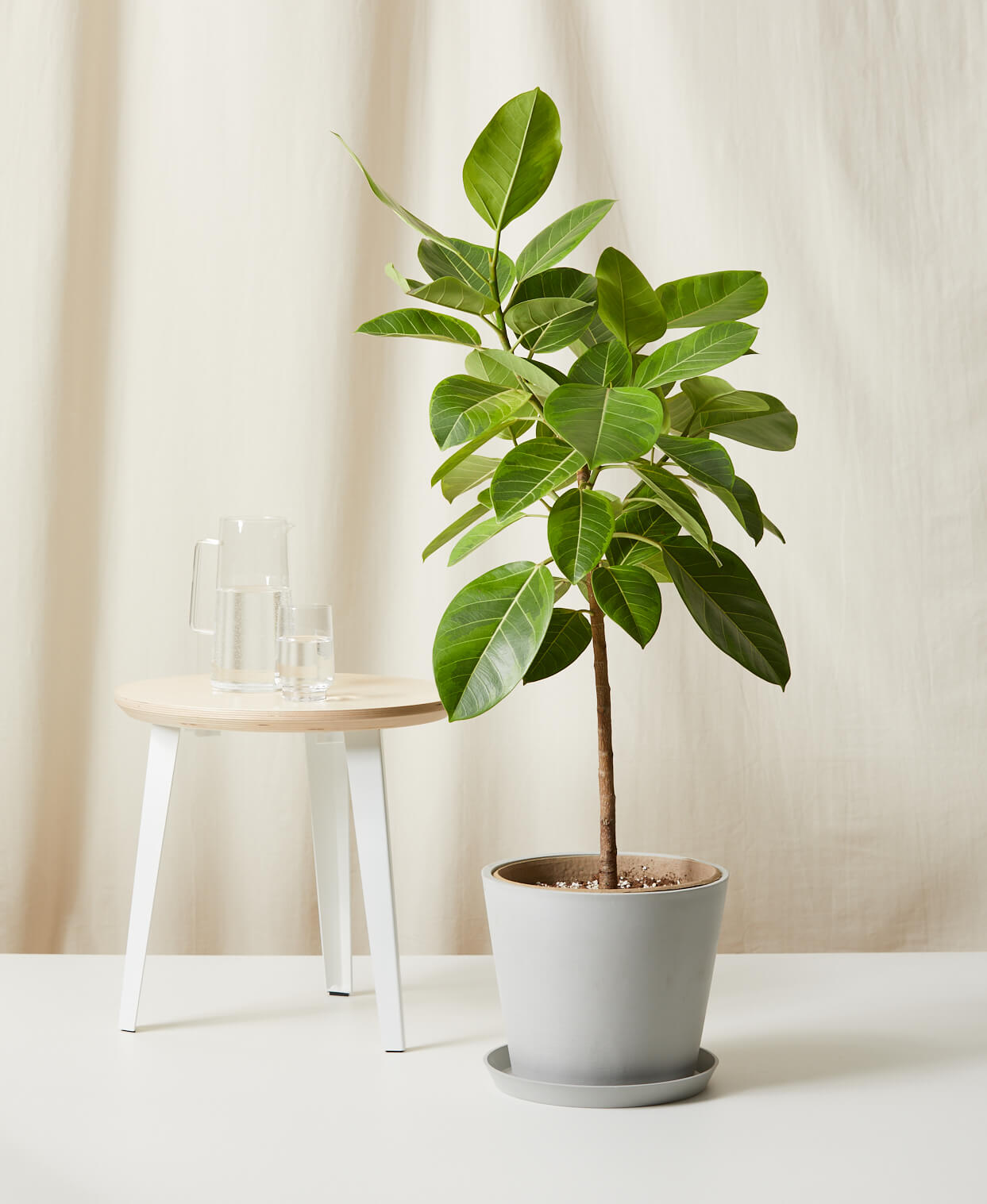The Wonderful World of Ficus plants
Ficus plants are super popular houseplants, and for good reason. There are tons of different kinds, so you’re bound to find one that catches your eye. From the classic Fiddle Leaf Fig with its big, violin-shaped leaves to the Weeping Fig with its delicate, cascading foliage, the Ficus family is pretty diverse.
So Many Choices!
Seriously, the variety is wild. You’ve got the Rubber Plant with its thick, glossy leaves that can sometimes have a reddish tint. Then there’s the creeping fig, which loves to climb and spread, making it great for walls or hanging baskets. And let’s not forget the Bonsai Ficus, carefully pruned into miniature tree shapes – they’re like living art! Each type has its own unique look and sometimes slightly different needs, but they all share that characteristic Ficus vibe.

Why Do People Love Ficus Plants?
There are a few reasons why Ficus plants are such favorites. For starters, many of them are just plain beautiful and can really add a touch of green and life to any room. They can fit into all sorts of decor styles, from modern and minimalist to more traditional looks. Plus, they’re generally pretty adaptable to indoor conditions. While they definitely have their preferences, they’re not usually the fussiest plants out there.
What Do Ficus Plants Need to Thrive Indoors?
Okay, so you’ve got your eye on a Ficus. What’s the lowdown on keeping it happy?

Light is Key
Most Ficus plants are big fans of bright, indirect light. Think of the kind of light you’d get near an east-facing window or a bit further back from a south-facing one. Too much direct sun can actually scorch their leaves, leaving ugly brown spots. Not enough light, on the other hand, and they might get leggy and drop leaves. Finding that sweet spot is important.
Water Wisely
Watering can be a bit of a balancing act. You don’t want to drown your Ficus, but you also don’t want it to dry out completely. A good rule of thumb is to let the top inch or two of soil dry out before watering thoroughly. Make sure your pot has drainage holes so excess water can escape. Overwatering is a common mistake and can lead to root rot, which is bad news for your plant.
Humidity Helpers
Many Ficus varieties come from tropical regions, so they appreciate a bit of humidity. If your home is on the drier side, especially in the winter when the heating is on, your Ficus will thank you for a little extra moisture. You can boost humidity by using a humidifier, placing the pot on a pebble tray filled with water (making sure the bottom of the pot isn’t sitting directly in the water), or by misting the leaves occasionally.
Temperature Talk
Generally, Ficus plants like average room temperatures, somewhere between 65-75°F (18-24°C). They don’t appreciate sudden drafts or extreme temperature changes, so keep them away from things like open windows or heating vents.
Soil and Feeding
A well-draining potting mix is ideal for Ficus plants. You can usually find a good quality commercial potting mix that will work well. During the growing season (spring and summer), you can give your Ficus a balanced liquid fertilizer every few weeks to help it stay healthy and vibrant. Hold off on fertilizing during the fall and winter when the plant’s growth naturally slows down.
A Little Pruning Can Go a Long Way
Pruning isn’t always necessary, but it can help keep your Ficus looking its best and encourage bushier growth. You can trim off any dead or yellowing leaves, and if a branch is getting too long or unruly, you can snip it back. The best time to prune is usually in the late winter or early spring before new growth starts.
Keep an Eye Out for Pests
Like any houseplant, Ficus plants can occasionally attract pests like spider mites, mealybugs, or scale. Regularly inspect your plant for any signs of infestation, such as sticky residue, webbing, or small bumps on the leaves and stems. If you spot any pests, you can usually get rid of them by wiping the leaves with a damp cloth or using an insecticidal soap.
In Conclusion
Ficus plants are a fantastic choice for adding some greenery to your indoor space. With their wide variety of shapes and sizes, there’s a Ficus out there for almost everyone. While they have their preferences for light, water, and humidity, they’re generally rewarding plants to care for. By understanding their basic needs, you can enjoy the beauty and air-purifying benefits these lovely plants bring to your home.
Frequently Asked Questions About Ficus Plants
1. Why are the leaves on my Ficus plant turning yellow and falling off?
This can be due to a few reasons, but the most common culprits are overwatering or underwatering. Check the soil moisture to see which might be the issue. Too little light or a sudden change in environment can also cause leaf drop.
2. Is my Ficus plant toxic to pets?
Yes, many Ficus varieties contain sap that can be irritating to cats and dogs if ingested. It’s best to keep them out of reach of curious pets.
3. How often should I repot my Ficus plant?
Generally, you’ll need to repot your Ficus every one to two years, or when you notice roots growing out of the drainage holes. Choose a pot that’s only slightly larger than the current one.
4. Can I propagate my Ficus plant?
Yes, many types of Ficus can be propagated through stem cuttings. Take a cutting with a few leaves, remove the lower leaves, and place it in water or moist potting mix until roots develop.
5. My Ficus plant has sticky residue on the leaves. What could this be?
Ficus Plant
